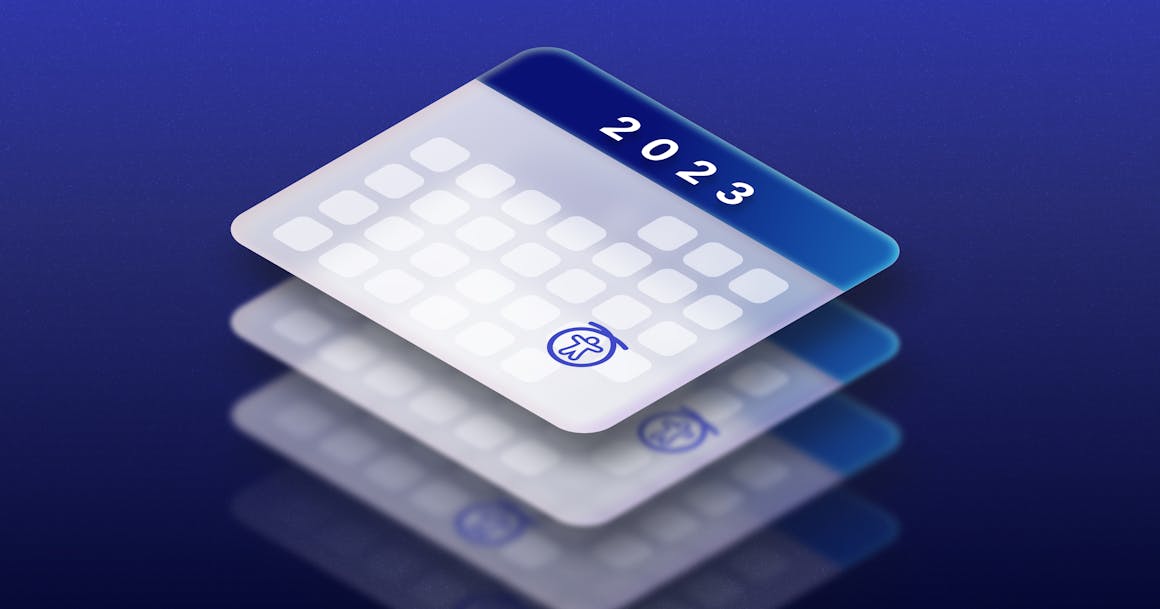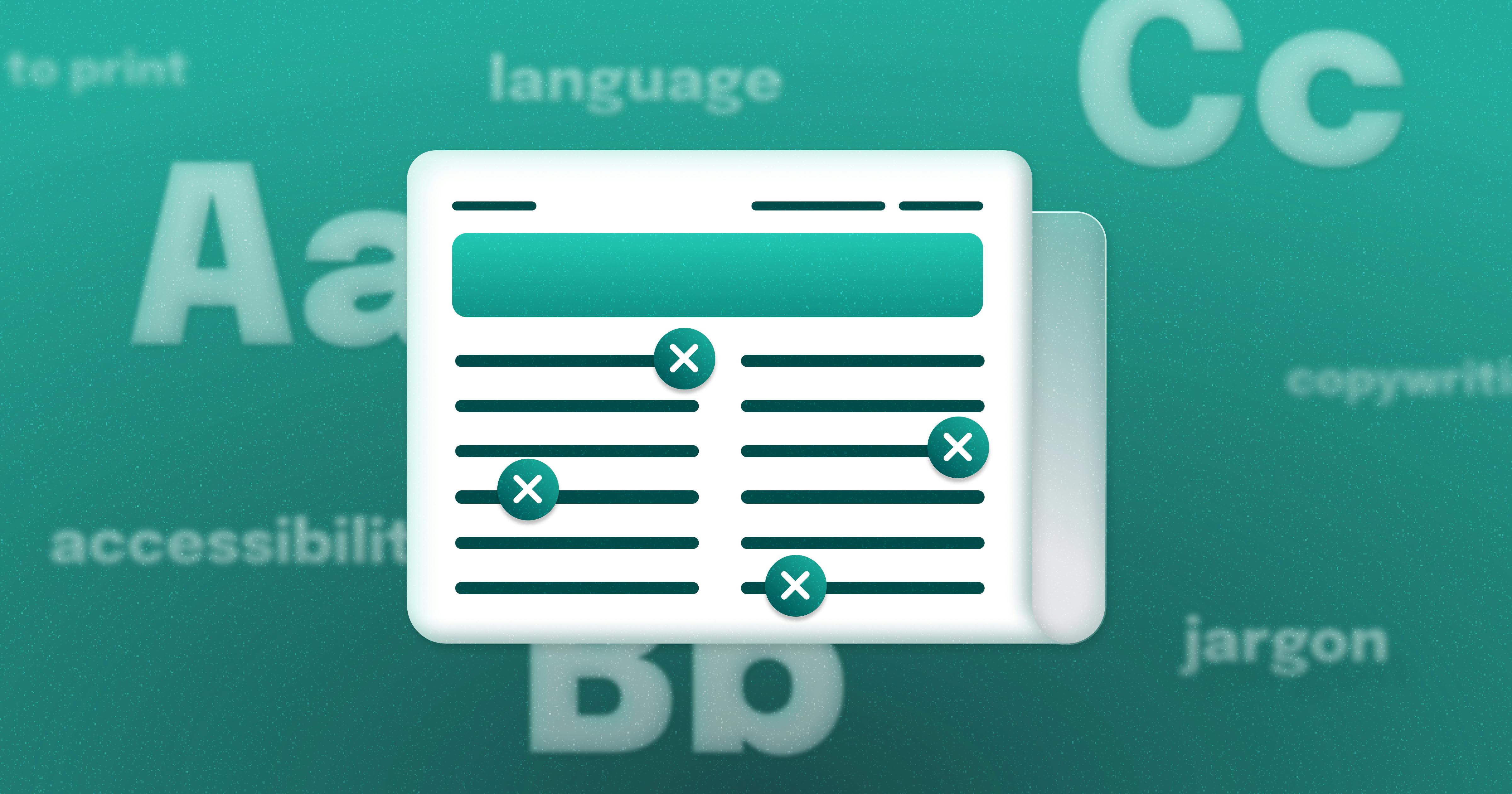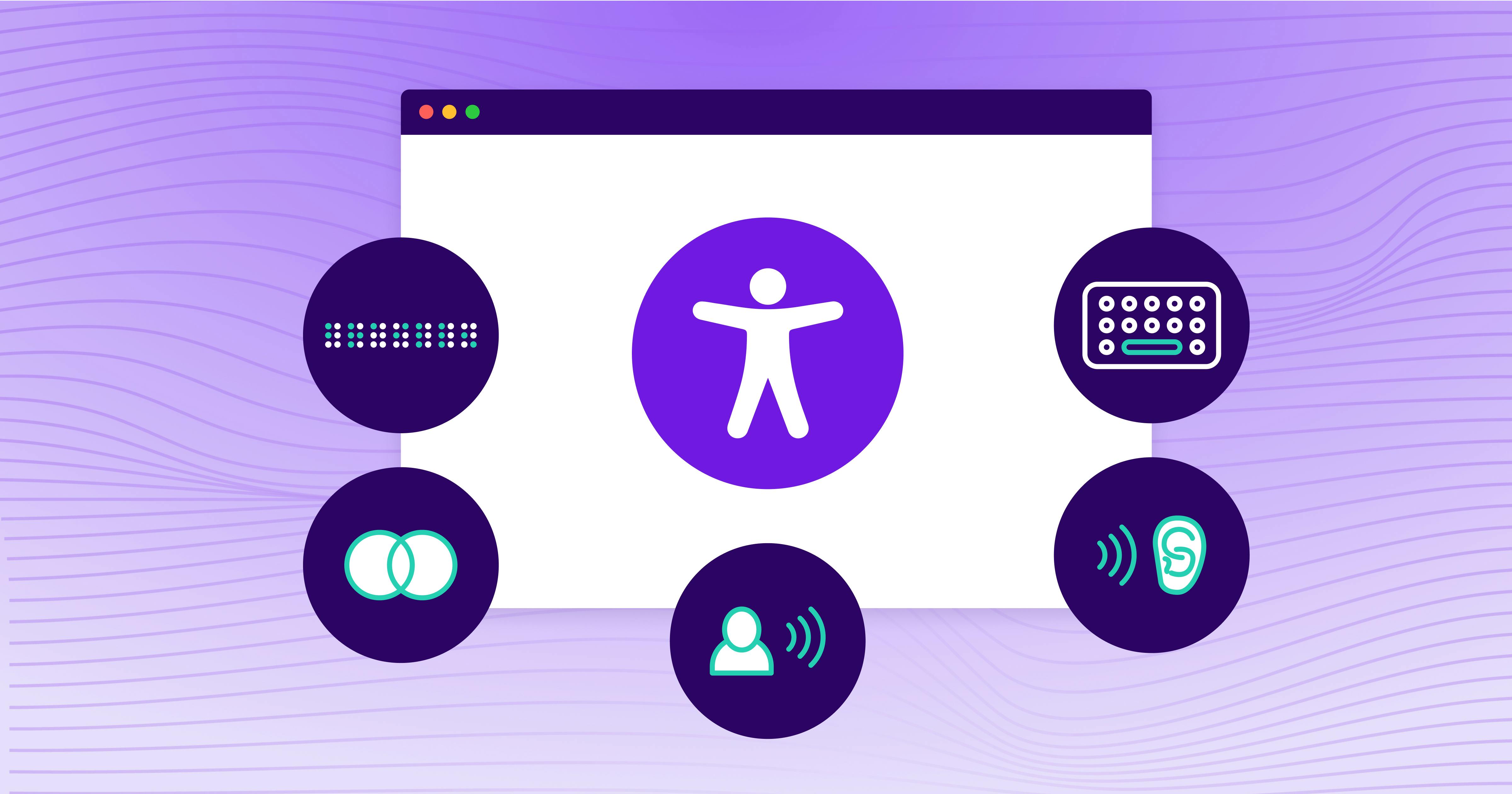Things We Are Grateful for in 2023 in Digital Accessibility
Things We Are Grateful for in 2023 in Digital Accessibility


Ready to see AudioEye in action?
Watch Demo
In this post, Bianca Samaniego — a member of AudioEye's A11iance community — shares key legislative wins and new accessibility guidelines that improve digital accessibility for people with disabilities.
Digital accessibility is integral for individuals with disabilities in their daily lives. In 2023, the World Wide Web Consortium (W3C) released an update to the Web Content Accessibility Guidelines (WCAG) 2.2, marking a significant milestone in improving accessibility. These guidelines include crucial criteria for businesses to consider, ensuring compliance with laws like the Americans with Disabilities Act (ADA).
These guidelines have a broader impact, extending to legislative changes at both state and national levels. These changes have personal implications for blind and visually impaired individuals. The mandate for state and local governments to make public services accessible by default would improve accessibility for public services such as healthcare, voter registration, and police services that may otherwise require assistance and, at times, compromise individuals' right to privacy.
The Web Accessibility Initiative focuses on designing websites, tools, and technologies to enable people with disabilities to use them. The impact of these improvements extends beyond the disabled community, benefiting older individuals, those with temporary disabilities, and individuals facing situational limitations.
WCAG 2.2 Guidelines
The introduction of new criteria to the WCAG guidelines has been very helpful. On websites where drag-and-drop sliders are prominently used, such as e-commerce sites, providing alternatives to pointers is extremely useful. Help features with consistent locations ensure that users can readily access this information no matter what part of the site they are on. Auto-populating fields with previously entered information saves a lot of time, especially on websites where filling out forms must be completed in a certain amount of time. Accessible authentication through items such as codes sent through email or text messages, along with CAPTCHA, eliminates the barriers faced by users who cannot remember passwords or recognize images to log in to their accounts.
The latest guidelines introduced with WCAG 2.2 include:
- 2.4.11 Focus Not Obscured (Minimum) (AA): When an item gets keyboard-focused, it must be at least partially visible so that individuals who can’t use a mouse can see what is in focus.
- 2.4.12 Focus Not Obscured (Enhanced) (AAA): An item must be fully visible when it gets keyboard focus so that individuals who cannot use a mouse can see what is in focus.
- 2.4.13 Focus Appearance (AAA): Focus indicators (which highlight the currently focused element on a page) must be of sufficient size and contrast because many people can’t see small changes in visual appearance.
- 2.5.7 Dragging Movements (AA): An alternative to a pointer must be provided for people who can’t use a mouse to drag and drop items.
- 2.5.8 Target Size (Minimum) (AA): Targets (such as buttons) must be guaranteed to be of a minimum size or have enough spacing around them to prevent accidental activation.
- 3.2.6 Consistent Help (A): Help features (such as site contact details or chat options) are consistently in the same place, making them easier to locate.
- 3.3.7 Redundant Entry (A): Websites must auto-populate fields or allow users to select from a list of previously entered information rather than having users type the same data multiple times.
- 3.3.8 Accessible Authentication (Minimum) (AA): Websites must provide an alternative authentication method to log in (such as sending a user a text message with a link to log in instead of a user having to remember a password.
- 3.3.9 Accessible Authentication (Enhanced) (AAA): Users are not required to recognize objects or previously supplied images in order to log in.
Local Legislation Wins
In addition to the WCAG update, progress in digital accessibility legislation is evident at the state and federal levels. In August 2023, the Department of Justice proposed a rule for standards that state and local governments must adhere to, ensuring mobile and web accessibility under the ADA. This rule, if finalized, would impact various services, including court websites, public library services, and voter registration information.
State-level legislation includes California's AB-1757, which focuses on website liability, and Hawaii's HB1419, requiring state entities to adhere to accessibility standards. Massachusetts established the Digital Accessibility and Equity Governance Board to monitor and enhance accessibility for digital applications.
Other states are actively participating in accessibility legislation. Minnesota's Bill HF-480 proposes funding for government website assistance, while Nevada's Bill AB252 ensures accessibility for blind or visually impaired persons on museum websites. Rhode Island's Bills 2023 H-5106 and 2023 S-0105 mandate ADA web accessibility guidelines for new and publicly available websites before launch, with existing websites expected to comply by January 2028.
Advancing Digital Accessibility for Inclusive Everyday Experiences
Digital accessibility is an important aspect of life that encapsulates various areas of a person’s day. Whether someone is filling out forms for voter registration or browsing a retail site for a potential gift, their access to these parts of the Internet could be affected by digital accessibility. The technology and ideas that currently exist are ever-changing, and new developments have the potential to appear every day. It is a fervent hope that as time goes on, new conceptions and improvements to existing accessibility standards will continue to better the lives of persons with disabilities.
Ready to see AudioEye in action?
Watch Demo
Ready to test your website for accessibility?
Share post
Topics:
Keep Reading

Newsletter Best Practices for Screen Reader Use
Newsletters are a common tool used in marketing teams. Discover how to make these content types more accessible for individuals with disabilities from AudioEye A11iance Member Jessica Phillips.
community
March 27, 2025

Types of Assistive Technology Tools
Learn about the different assistive technologies that people with disabilities use to browse your website and how you can increase compatibility with them.
community
February 08, 2025

What It’s Like to Shop Online When You’re Blind
Online shopping is often frustrating and inaccessible for blind users, but accessibility fosters confidence and loyalty.
community
January 21, 2025
